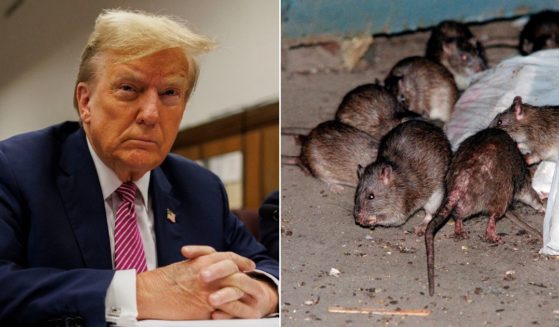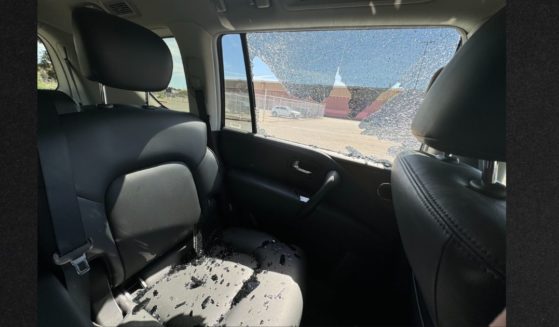NASA Is Tracking Two Asteroids Making Incredibly Close Passes to Earth
NASA discovered two asteroids that will make close passes by Earth this week, though they do not pose a threat to the planet’s safety.
Astronomers observed the close-approaching asteroids at the NASA-funded Catalina Sky Survey near Tucson, Arizona on Feb. 4, according to the Jet Propulsion Laboratory.
The first asteroid flew past Earth on Tuesday, Feb. 6 at 12:10 p.m.
Asteroid 2018 CC, estimated to be between 50 and 100 feet in size, was only 114,000 miles away from the planet when it passed.
One Twitter user posted a picture of the flyby from an Observatory in Australia.
The second asteroid, 2018 CB is reportedly going to pass by Earth on Friday, Feb. 9 around 2:30 p.m.
2018 CB will fly past the planet at only 39,000 miles away, less than one-fifth the distance between Earth and the Moon.
“Although 2018 CB is quite small, it might well be larger than the asteroid that entered the atmosphere over Chelyabinsk, Russia, almost exactly five years ago, in 2013,” Paul Chodas, manager of the Center for Near-Earth Object Studies at NASA’s Jet Propulsion Laboratory, said.
The asteroid Chodas referred to exploded over Russia in 2013, injured over 1,000 people and issued a blast stronger than a nuclear explosion.
He added, “Asteroids of this size do not often approach this close to our planet — maybe only once or twice a year.”
Luckily, these asteroids will only fly past Earth this week instead of crashing into it.
Most asteroids orbit in the asteroid belt between Mars and Jupiter, but they flyby Earth a few times a year.
Astronomers and researchers can examine the close-approaching asteroids and gather more information about the size, shape and composition of the space rocks.
Currently, there are not any known asteroids that pose an imminent threat to Earth, but, according to Space.com, NASA is working to figure out how to destroy any potentially threatening space objects.
The NEOWISE project was launched into orbit in 2009 to hunt near-Earth objects, but it will end its mission this year.
Livestreams of the flybys are available through the Virtual Telescope Project, which uses remote-controlled telescopes to track objects near Earth.
Truth and Accuracy
We are committed to truth and accuracy in all of our journalism. Read our editorial standards.












